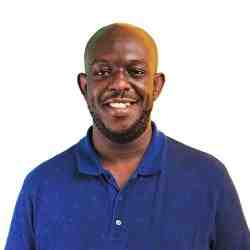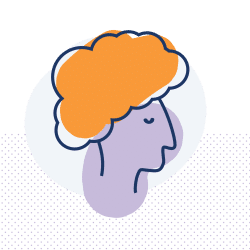Einführung
Daniel Kerber prototypes and disseminates holistic, dignified living concepts for people on the move – bridging three crucial stages of a refugee's journey: arrival centers in the global north, transit zones and refugee camps. With his work, he creates rapid evidence of what works on the ground and builds global teams to scale his approach, creating a new field of practitioners in humanitarian aid.
Die neue Idee
Daniel Kerber prototypes and disseminates innovative living concepts for people on the move (traditionally referred to as refugees and migrants) and creates a new field of innovative practitioners in humanitarian aid. With “More Than Shelters” (MTS), he addresses people in three different contexts: in arrival centers in the global north, in transit zones and in refugee camps. As no other agency or initiative is bridging those different locations, MTS provides a unique set of transferable knowledge and solutions to build the a new framework of humanitarian efforts.
Daniel moves away from “the refugee”: as a label and rejects the current warehousing practices of big humanitarian organization. He recognizes that the government passivity results in in "arrival city" types of ghettos on the periphery of major urban centers. He has invented and promoted the “arrival engines” approach, where refugee centers in the global north are considered to be stepping stones to the city, integration facilities and in a good part mixed populations zones. He is transferring his learnings also to transit zones and ultimately to large refugee camps like Zaatari to become later stage "arrival cities" with emerging, mature internal administration and an engaged citizenry. With his work, he is shifting the paradigm from standardization to humanization, from dependency to autonomy, from loss of hope to participation in a better future.
With his work on the ground, he is generating rapid evidence of what works in disaster-affected contexts. He then builds global teams to adapt and scale his approach and create a new field of practitioners with the needed skills. He is currently co-creating the “Response Innovation Lab” (RIL), a consortium of humanitarian actors. RIL aims to identify, gather and support local change agents in crisis situations, bringing together private sector, academia, and humanitarian agencies. To build future capacity in the humanitarian sector, Daniel is designing an interdisciplinary humanitarian innovation curriculum and training program, spreading his holistic approach and concrete tools.
Das Problem
-Worldwide, there are 40.8 million internally displaced persons and 21.3 million refugees. The situation is expected to worsen due to climate change in the next 30 years: The UN expects that 200 million people will have to leave home. In Germany alone, 1 million refugees have arrived in 2015. Within the next years 200+ arrival centers need to be built or renovated in the country. Most of these centers are huge camp-like facilities at the periphery of cities. In principle these arrival centers should not be hosting people for a long time, but in reality they do. A huge risk is that they become protracted refugee camps.
Before arriving at their intended destination country, refugees have to pass transit zones such as Lesvos or Calais. They are the most hazardous and brutal places that occur in the humanitarian context. It is estimated that 80% of fatalities and major accidents of refugees occur in transit zones. Yet, no international NGOs or humanitarian agency are involved at this stage. A completely new ecosystem of humanitarian response settings emerges and new role models, methodologies, partnerships and principles need to be set up. Apart from arrival centers and transit zones, there is another arena that humanitarian aid needs to innovate in: About 3 million people are currently living in camps in the global south, often trapped in so-called “protracted refugee situations”. The camps were designed for temporary stays, while the average stay of a refugee has increased to 12 years.
The international community is failing to respond adequately to the significant unmet protection of people on the move. Camps in the global south and north are still designed as temporary spaces, transit zones are not being taken care of sufficiently. Standardized, siloed procedures of the international relief system are insufficient to respond to the present complex socio-economic contexts where the camps are embedded into. The prevailing paradigm is that refugees need to be “dry, clean, and fed”. The consequence of this misguided paradigm is a space without dignity that denies refugees the opportunity to make a meaningful contribution to society.
This failure shows the lack of innovation and knowledge sharing in the humanitarian sector. Despite the fact that in theory there is an almost unanimous agreement across the humanitarian system that change is required, innovation is not trickling down to the ground. The traditional humanitarian agencies move slowly and lack resources to innovate. When innovation does happen, it is often still ad-hoc, incremental, siloed, and forgotten. Affected populations and local communities are often excluded from the process, and viable solutions seldom reach wide-spread adoption and scale.
Die Strategie
With “More Than Shelters” (MTS), Daniel Kerber facilitates successful context-relevant, innovative solutions for people on the move. He prototypes and scales products, services and processes for each stage of a refugee’s journey: arrival centers in the global north, transit zones and camps in the global south.
Daniel cooperated with the state government of Berlin in developing the concept for Germany’s biggest refugee shelter – the former Tempelhof airport in Berlin. He pulled together state agencies, NGOs, local residents and refugees, helping them see that they had a common vision. They co-created a coherent site-specific concept, management structure and action plan. Core to the are four insights: (1) the shelter needs to be a stepping stone to the city offering guidance and opening doors, (2) it is a place in motion, flexible to the quickly changing circumstances such as the number of newcomers, (3) it is a place of encounter with the Berlin residents, (4) it is a place of humanitarian innovation that connects the creative potential of the city of Berlin to the resources in the shelter, e.g. by establishing fab labs. The approach has been taken into account for the Berlin recommendation for HABITAT III conference in Quito.
MTS has been on the forefront of events over the last two years in transit zones in Europe, restoring refugee’s dignity and security in those hazardous environments. For instance, they set up protected spaces for women and kids in an informal camp close to the Macedonian border. For these purposes, Daniel has designed a product called “DOMO”, a cost-efficient transitional shelter, suitable for short- and long-term use and adaptable to the cultural and social needs of its users. In order to spread his experiences in those transit arenas, Daniel plans to write an new "handbook" for human-centered humanitarian transit zones.
For “Protracted Refugee Situations” in the global south, Daniel is designing solutions to transit from rapid response settings into the creation of sustainable habitats - to transit from a camp to a city. The most prominent example of this work is the Za’atari refugee camp. In cooperation with the camp management, Daniel established the first-ever “Innovation and Planning Agency” (IPA) within the camp to harness, integrate, support and complement these initiatives for sustainable development of the whole camp. He gathered a team of all relevant stakeholders inside and outside the camp. They started with pilots for solar power and continued to a waste-to-energy plant, higher education, internet connectivity and micro-business development. To date, the IPA has supported 20+ projects and improved the living conditions for around 85,000 refugees in the camp, has empowered the refugee community in the camp, lowered the barrier between the camp and its surroundings, and has attracted a global network of over 50+ companies, universities, cities, think tanks and other entities that are ready to support with their expertise.
Daniel’s work on the ground always starts with a sound analysis of the socio-economic circumstances of the situation; he then mobilizes cross-sectorial teams and creates the management structures necessary to implement the concepts. In all his work the user empowerment is at center-stage. He also involves “non-traditional” individuals such as businesses. Core to each intervention is the life cycle approach that starts with small scale solutions, transferring them to intermediate solutions and laying the ground for long-term solutions. All interventions need to have a positive effect at least on three layers: For instance, to solve the problem of a missing sewage system in Za’atari, Daniel started a program with refugees to introduce water filtering gardens, plugged in a micro business model and quickly spread it to 4000 gardens. This idea not only solved health issues, but also empowered former farmers and created income models for refugees. He now transfers learnings from this micro business model to arrival centers in the north.
From all his projects, Daniel is extracting learnings about recurring patterns and transferable solutions. In order to spread these learnings, Daniel, together with World Vision, Oxfam and the Impact Hub network, initiated the “Response Innovation Lab” (RIL). RIL is a global cross-sectoral consortium with the vision to create a new field of practitioners in humanitarian aid. The mission of RIL is to identify local change agents and intrapreneurs within the humanitarian agencies and to provide them with a physical space and support to drive innovation. RIL addresses the fact that agency frontline workers lack resources and support to innovate. Traditional agencies usually don’t have time and capability to scan and source best solutions for problems and are unable to scale out innovations into other emergency contexts and agencies. RIL provides a scanning function for best solutions that are applicable in the disaster context and facilitates the scaling out of innovations in the disaster affected context. With RIL, Daniel plans to roll out a global innovation hub model in crisis areas with multiple, local Labs at the front end and an agile network providing back-up support. The local Labs also intend to broker entry to the response system for local SMEs, (social) entrepreneurs and academia to collaborate.
Furthermore, Daniel is currently designing an interdisciplinary humanitarian innovation curriculum and training program to build future capacity. Major parts of this program are based on horizontal learning journeys where existing operations generate on-site learning arenas for future innovators and conveners. The curriculum will also be plugged into the work of RIL.
More Than Shelters, founded in 2012, is a hybrid organization, consisting of a non-profit and a for-profit entity. Around half of its income of around 600,000€ per year consists of donations and grants, the other half of earned income through services.
Die Person
What does “home” actually mean beyond a roof above your head? Daniel Kerber asked himself that very question early in life already. He found an outlet for his thoughts in arts, studying the question of how we design our homes and how rooms influence their inhabitants. In 2001, he travelled to Japan to investigate about earth-quake proof architecture. There, he encountered ahuge phenomenon of homelessness. In shifting his research towards the homeless communities he learned that the shelters the homeless built were extremely "well designed". A big question arose: How do people design and build in life threatening conditions without being trained? His interest in informal architecture was born. It was a first turning point in his life, making him travel around the globe to study informal living conditions, engaging in slum-upgrading projects and transferring his insights to exhibitions, books and curricula.
At one point, it stroke him that what he did was well received back home in Berlin, but not relevant for the people he visited and studied. He realized that the moments spent with the communities were those were his heart is. He had a true privilege in knowing so many places, understanding patterns, and he felt the responsibility to loop back the knowledge to improve vulnerable people’s housing conditions. This was a second turning point in this life. He took time to look back, put the mosaic pieces together and gave the picture a name: “More Than Shelters”. One of the first projects of MTS was the Innovation and Planning Agency at the Za’atari refugee camp in Jordan. With the intensification of the current refugee crisis, the work of MTS is gaining more and more relevance and Daniel is moving away from a project-based approach to a influencing the field of humanitarian aid more broadly.
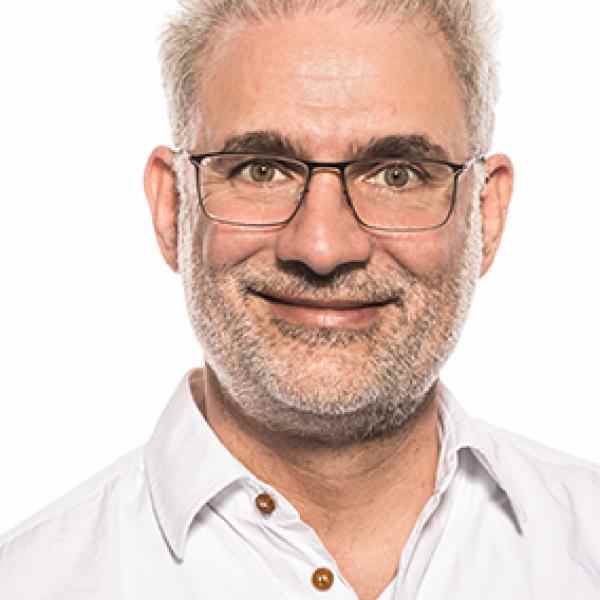
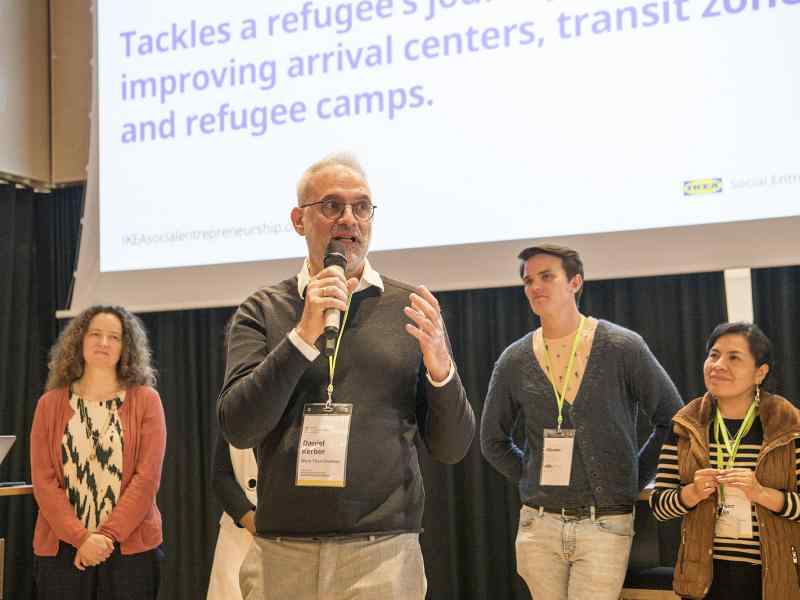 Tile image
Tile image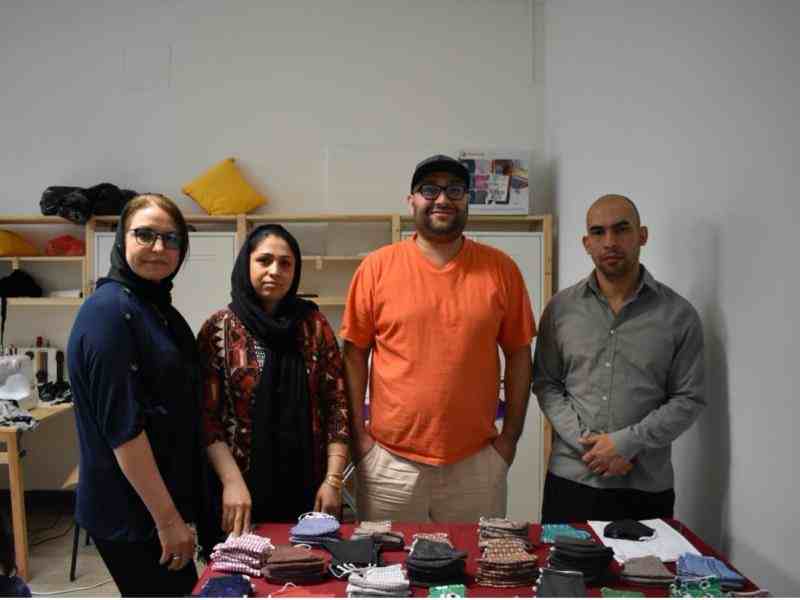 Tile image
Tile image

